
This article aims to elucidate the concept of adapted curriculum in special education by exploring various strategies that can be employed to modify the curriculum and create a tailored learning experience for students with special needs.
By implementing modifications, such as custom lesson plans, differentiated instruction, visual aids, and tactile resources, educators can address individual needs and cater to diverse learning styles.
This comprehensive approach not only enhances engagement but also promotes inclusive education for students in special education settings.
Key Takeaways
- Modifications to the curriculum and custom lesson plans are essential for creating a tailored learning experience in special education.
- Differentiated instruction and individualized instructional strategies play a crucial role in addressing the diverse learning styles and abilities of students.
- Visual aids, such as charts, diagrams, and graphic organizers, enhance understanding for visual learners and make content more accessible for students with special needs.
- Tactile resources, including hands-on materials and manipulatives, provide interactive and multisensory learning experiences, allowing students to actively explore and understand concepts through touch and movement.
Understanding Adapted Curriculum in Special Education
Understanding adapted curriculum in special education involves examining the modifications made to the curriculum, as well as the implementation of custom lesson plans, differentiated instruction strategies, visual aids, and tactile resources that cater to the unique learning needs of students with disabilities.
Adapting curriculum ensures that it is accessible and meaningful for every student, regardless of their abilities or challenges. Modified instruction takes into account individual strengths and weaknesses, allowing educators to tailor their teaching methods accordingly.
Customized lesson plans provide a roadmap for teachers to follow, incorporating various instructional techniques and accommodations to support diverse learners. Differentiated instruction strategies aim to address different learning styles and pace by offering multiple pathways for understanding and demonstrating knowledge.
Visual aids such as charts, diagrams, and pictures help enhance comprehension while tactile resources like manipulatives or textured materials facilitate hands-on learning experiences.

Modifying the Curriculum: Meeting Individual Needs
Individualized lesson plans and customized learning experiences are essential components of meeting the individual needs of students.
By tailoring lesson plans to the specific strengths and challenges of each student, educators can create a learning environment that maximizes engagement and promotes success.
Customizing learning experiences allows for differentiated instruction, the use of visual aids, and tactile resources, ensuring that students with diverse abilities have equal access to education.
Individualized Lesson Plans
Customized lesson plans are one approach in special education that can be utilized to meet the specific needs of students with disabilities. These lesson plans are designed to provide individualized accommodations and personalized assessments, ensuring that each student's unique learning requirements are addressed. By tailoring the content, activities, and instructional strategies to the abilities and interests of the students, customized lesson plans promote engagement, participation, and progress in their educational journey.
Teachers create these lesson plans by considering each student's strengths, weaknesses, learning style, and preferences. They may modify the curriculum content and complexity to suit the student's cognitive level or incorporate visual aids and tactile resources to enhance understanding. Additionally, they may adapt assessments to measure progress accurately while accommodating any physical or sensory limitations.
Through individualized lesson plans, students with disabilities receive targeted instruction that is responsive to their specific needs. This approach facilitates a more inclusive environment where all learners have equal opportunities for success.
Transitioning into the subsequent section about 'customized learning experiences,' it is essential to explore how differentiated instruction further enhances this tailored approach in special education.
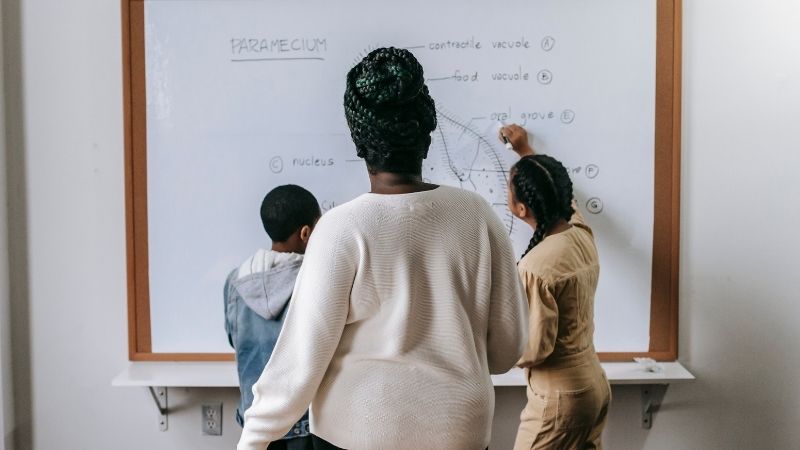
Customized Learning Experiences
By tailoring instruction to the unique needs of students with disabilities, educators can provide a more inclusive learning environment. Customized assessments play a crucial role in this process by evaluating students' individual strengths and areas for improvement.
These assessments enable educators to design personalized lesson plans that address specific learning goals and accommodate diverse learning styles. Adaptive technology further enhances customized learning experiences by providing tools and resources that cater to students' varying abilities.
Such technology includes assistive devices, specialized software, and interactive platforms that facilitate access to information and promote active engagement in the learning process. By integrating these resources into the curriculum, educators can create tailored learning experiences that empower students with disabilities to reach their full potential.
This approach fosters independence, self-confidence, and academic success among special education learners, ultimately promoting freedom within the realm of education for all individuals.
Creating Custom Lesson Plans for Special Education Students
When working with special education students, it is essential to create custom lesson plans that address their unique learning needs.
This involves developing personalized learning objectives that are tailored to each student's abilities and goals.
Additionally, individualized instructional strategies should be implemented to accommodate different learning styles and provide targeted skill development opportunities.
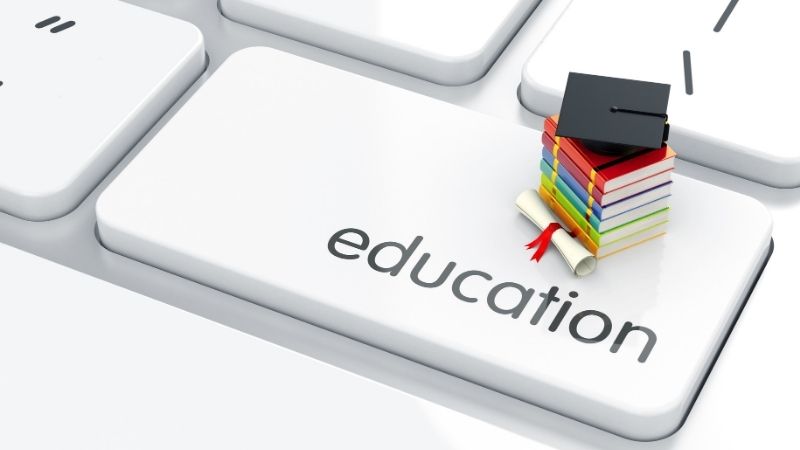
Personalized Learning Objectives
Adapting learning objectives based on individual needs allows for a more inclusive and effective educational experience for students with special needs. Personalized goal setting ensures that each student's unique abilities, strengths, and challenges are taken into account when designing their learning objectives.
Individualized assessments play a crucial role in determining the specific areas where students require support and guidance. These assessments help educators identify the appropriate learning targets for each student and tailor their instruction accordingly.
By personalizing learning objectives, educators can create a tailored curriculum that addresses the specific needs of each student, promoting engagement and growth. This approach acknowledges that every learner is different and requires customized goals to achieve success.
Through personalized learning objectives, special education students can experience a sense of empowerment and freedom as they work towards achieving their individualized goals.
Individualized Instructional Strategies
Individualized instructional strategies employ a variety of techniques and approaches to meet the unique needs of each student, enhancing their learning experience. These strategies involve individualized assessment to identify specific areas of strength and weakness, allowing educators to tailor interventions accordingly.
Personalized interventions are then implemented to address these identified needs, providing targeted support and guidance. This approach recognizes that every student has different learning styles, abilities, and preferences, aiming to create a tailored learning environment that maximizes their potential.
By utilizing custom lesson plans, differentiated instruction can be provided based on the student's individual requirements and abilities. Visual aids and tactile resources are additional tools used in individualized instructional strategies to enhance comprehension and engagement for students with special education needs.
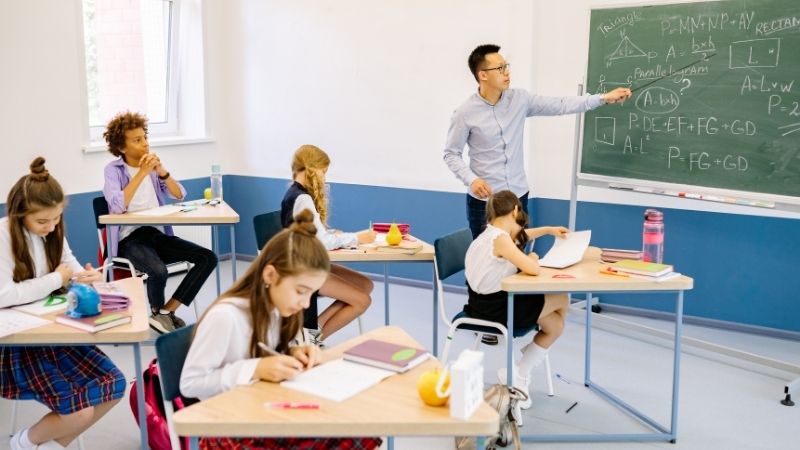
Such personalized approaches promote inclusivity and empower students to learn at their own pace while fostering independence and academic growth.
Targeted Skill Development
To enhance student learning, targeted skill development focuses on systematically addressing specific areas of growth in order to promote academic progress. This approach recognizes that each student has unique needs and requires individualized learning objectives to effectively support their educational journey. By identifying areas of weakness or areas requiring further development, educators can create tailored interventions and strategies to help students improve their skills.
Targeted skill development involves breaking down complex concepts into smaller, more manageable tasks, providing explicit instruction and practice opportunities, and offering ongoing feedback and support. It is essential for educators to regularly assess student progress and adjust instructional methods as needed to ensure continued growth. Implementing targeted skill development not only promotes academic success but also empowers students with the necessary tools to overcome challenges and reach their full potential.
Transition Sentence: In addition to targeted skill development, differentiated instruction addresses diverse learning styles by adapting teaching methods and materials to meet the individual needs of students.
Differentiated Instruction: Addressing Diverse Learning Styles
Differentiated instruction acknowledges the diverse learning styles of students and aims to provide instructional strategies that cater to these variations. This approach recognizes that students have different strengths, weaknesses, interests, and preferences when it comes to acquiring knowledge and skills.
To address diverse learning needs, differentiated instruction strategies can be implemented:
Customized lesson plans: Teachers can create individualized plans based on student abilities and interests, allowing for personalized learning experiences.
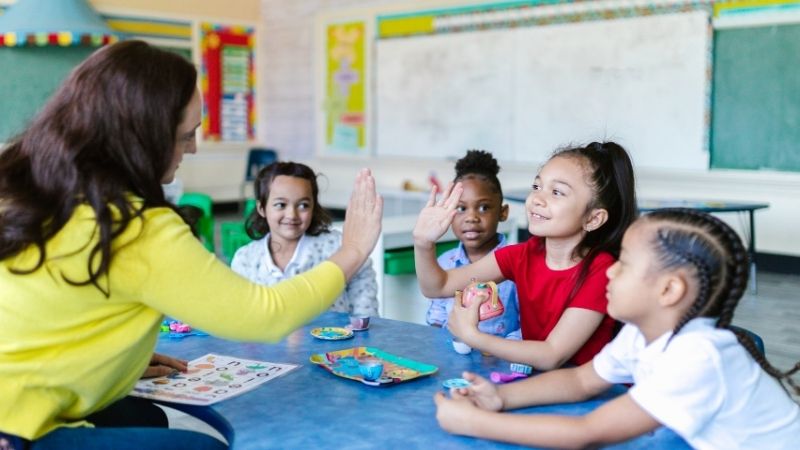
Visual aids: Incorporating visual elements such as charts, diagrams, and graphic organizers can enhance understanding for visual learners.
Tactile resources: Providing hands-on materials or manipulatives enables kinesthetic learners to engage physically with the content.
Enhancing Learning With Visual Aids in Special Education
In the context of special education, visual aids play a crucial role in enhancing learning experiences for students with diverse needs. These aids provide a means of communication and comprehension that goes beyond traditional verbal instruction. Visual aids can include charts, diagrams, pictures, videos, and interactive digital resources.
Using visual aids effectively requires careful planning and consideration of individual student needs. Teachers should consider incorporating technology into their visual aids to further engage students and cater to their learning styles. Technology can offer interactive features, multimedia elements, and accessibility options that make the content more accessible and engaging for students with special needs.
Tactile Resources: Engaging the Senses in Special Education
Engaging the senses in special education, the use of tactile resources provides students with diverse needs an interactive and multisensory learning experience.
Tactile resources, such as textured objects, manipulatives, and sensory materials, offer numerous benefits for learners in special education settings.
By incorporating hands-on learning opportunities into the curriculum, these resources enable students to actively explore concepts and develop their understanding through touch and movement.
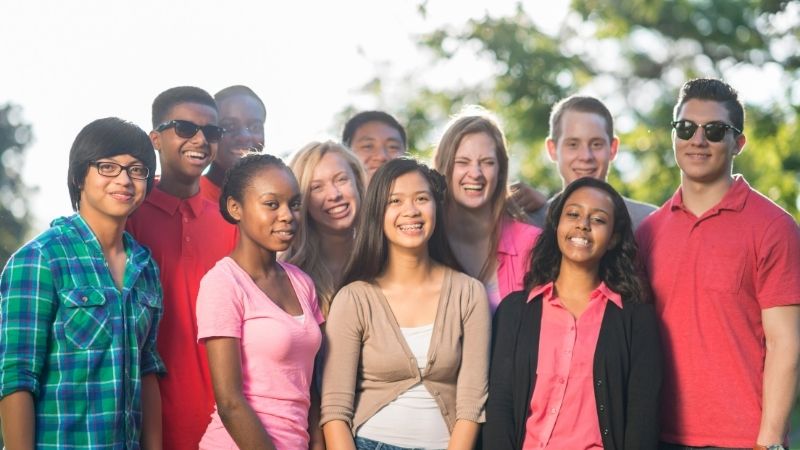
Tactile resources not only engage the sense of touch but also stimulate other senses, promoting a holistic learning experience.
They can enhance engagement and motivation among students by providing concrete and tangible representations of abstract concepts.
Moreover, tactile resources support individualized instruction by allowing educators to adapt materials to meet each student's specific needs.
Through engaging materials and hands-on learning experiences, tactile resources play a vital role in creating a tailored educational environment for students with diverse abilities.
Tailoring the Learning Experience for Special Education Students
By personalizing instructional strategies and materials, educators can create a learning experience that is tailored to the unique needs of students in special education. One way to achieve this is through the use of a customized curriculum. This approach allows educators to modify the content, delivery methods, and assessment tools to match each student's abilities and learning styles.
Inclusive instruction is also crucial in ensuring that all students feel valued and included in the learning process. This involves adapting lesson plans to accommodate diverse learners, providing additional support when needed, and promoting collaboration among students with different abilities.
Frequently Asked Questions
What Are Some Common Adaptations Made to the Curriculum in Special Education?
Common adaptations to the curriculum in special education include individualized education programs (IEPs), which provide tailored learning experiences. These adaptations may involve modifications to the curriculum, custom lesson plans, differentiated instruction, visual aids, and tactile resources that cater to the specific needs of students with disabilities.

How Can Custom Lesson Plans Be Beneficial for Special Education Students?
Custom lesson plans in special education can benefit students by providing individualized learning plans and personalized instruction. These plans allow for tailored learning experiences that cater to the specific needs and abilities of each student, promoting their academic growth and success.
What Are Some Strategies for Implementing Differentiated Instruction in Special Education Classrooms?
Strategies for implementing differentiated instruction in special education classrooms include individualized learning plans, flexible grouping, varied instructional materials and methods, ongoing assessment and feedback, and collaborative partnerships. These strategies can benefit students by promoting personalized learning experiences tailored to their unique needs.
How Do Visual Aids Enhance Learning for Students With Special Education Needs?
Visual aids offer numerous benefits to students with special education needs, enhancing their learning experience. Various types of visual aids, such as charts, graphs, and diagrams, provide visual representations that increase comprehension and facilitate information processing.
What Are Some Examples of Tactile Resources That Can Be Used in Special Education Classrooms?
Sensory manipulatives, such as textured objects and materials, and tactile books are examples of tactile resources that can be used in special education classrooms to provide a hands-on learning experience and cater to the sensory needs of students.
 Careers in EducationElementary EducationHigh School EducationEducational TechnologyTeaching StrategiesSpecial EducationPrivacy PolicyTerms And Conditions
Careers in EducationElementary EducationHigh School EducationEducational TechnologyTeaching StrategiesSpecial EducationPrivacy PolicyTerms And Conditions
